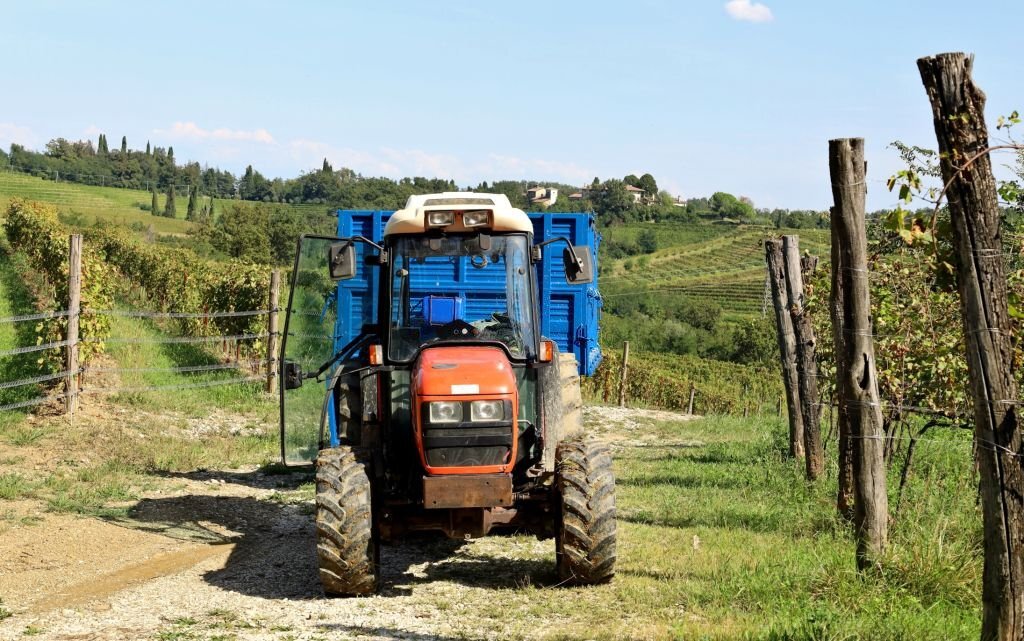
Introduction:
In the dynamic realm of heavy equipment businesses, tractors emerge as unsung heroes, transforming the landscape of productivity and profitability. These versatile machines play a pivotal role in shaping operations across diverse industries. This article delves into the multifaceted impact of tractors, exploring how they power progress and contribute to the success of heavy equipment businesses.
Enhanced Efficiency and Task Automation:
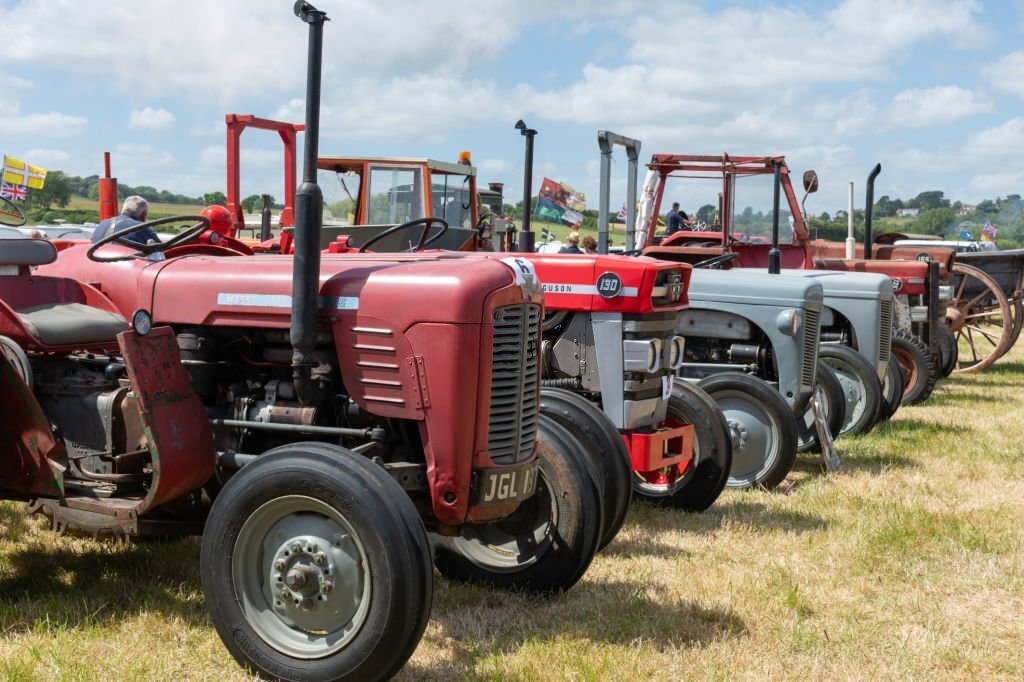
- Tractors are synonymous with efficiency, automating labor-intensive tasks and significantly reducing the time required for various operations. From plowing fields to moving materials on construction sites, tractors streamline processes, freeing up valuable resources for businesses.
Enhanced efficiency and task automation for tractors involves the integration of advanced technologies and features to streamline operations, reduce manual labor, and optimize overall performance. These advancements play a pivotal role in increasing the productivity and effectiveness of tractors in various industries, including agriculture and construction. Here’s a closer look at how enhanced efficiency and task automation manifest in tractor functionalities:
- Automated Guidance Systems:
- Tractors equipped with automated guidance systems use GPS technology to navigate fields or construction sites with precision. This allows for accurate positioning, minimizing overlaps, reducing fuel consumption, and optimizing the efficiency of tasks such as plowing, planting, or grading.
- Auto-steering Technology:
- Auto-steering systems enable tractors to follow predefined paths or contours autonomously. This not only reduces the need for constant manual steering but also ensures that tasks are carried out with consistent accuracy. Auto-steering contributes to time savings and operational efficiency.
- Precision Seeding and Planting:
- Modern tractors often feature precision seeding and planting technologies. Automated systems can precisely place seeds at optimal intervals and depths, improving crop yields in agriculture. This level of precision ensures efficient resource utilization and contributes to overall task automation.
- Task-Specific Attachments and Implements:
- Tractors can be equipped with a variety of task-specific attachments and implements that automate specific functions. For example, in agriculture, a tractor equipped with a precision planter attachment can automate the process of planting seeds at precise intervals and depths.
- Automated Material Handling in Construction:
- In construction, tractors with automation capabilities are used for tasks such as material handling. Automated loaders or excavators can be programmed to carry out repetitive material handling tasks with precision, reducing the need for constant manual intervention.
Versatility Across Industries:
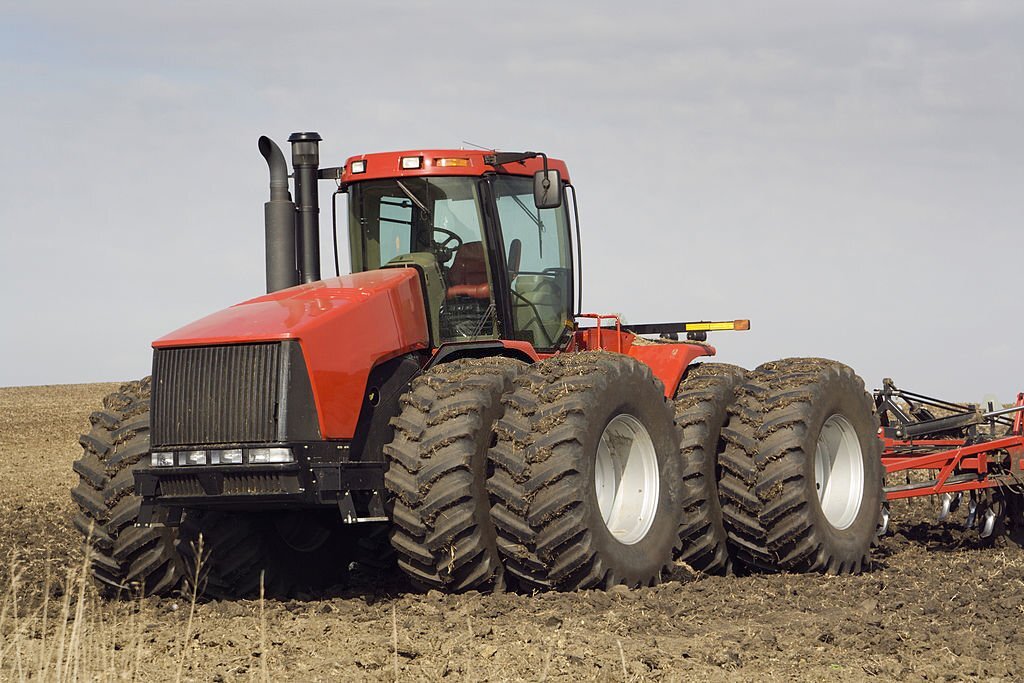
- The versatility of tractors extends across industries, from agriculture to construction. Their ability to adapt to diverse tasks, including planting, harvesting, and earthmoving, makes them indispensable tools for businesses seeking flexibility and operational optimization.
The versatility of tractors across industries is a testament to their adaptability and multifunctional capabilities. Tractors, initially designed for agricultural purposes, have evolved into indispensable machines that play pivotal roles in various sectors. Here’s a glimpse into the versatility of tractors across industries:
- Agriculture:
- Tractors have deep roots in agriculture, where they perform a myriad of tasks. From plowing and planting to harvesting and transporting crops, tractors are the backbone of modern farming. Specialized attachments such as plows, seeders, and harvesters make tractors versatile tools for cultivating diverse crops.
- Construction:
- Tractors have found a significant place in the construction industry. With the addition of loaders, backhoes, and excavators, tractors become powerful earthmoving machines. They are used for tasks like grading, digging, and transporting materials on construction sites, contributing to site preparation and infrastructure development.
- Landscaping and Grounds Maintenance:
- Tractors are employed for landscaping and grounds maintenance in various settings, including parks, golf courses, and residential areas. Attachments such as mowers, sprayers, and aerators transform tractors into efficient tools for maintaining green spaces.
- Forestry:
- In the forestry industry, tractors equipped with specialized attachments are used for tasks such as logging, clearing, and transporting timber. Their ability to navigate challenging terrain makes them valuable assets in forestry operations.
- Snow Removal:
- Tractors are adapted for snow removal tasks, especially in regions with cold climates. Snow blowers, plows, and salt spreaders can be attached to tractors, turning them into effective machines for clearing snow and maintaining roadways during winter.
The adaptability of tractors across these diverse industries stems from their modular design and the availability of a wide range of attachments. As technology continues to advance, tractors are likely to find new applications, further expanding their role in different sectors. The versatility of tractors underscores their significance as versatile workhorses that contribute to the efficiency and productivity of numerous industries.
Time and Labor Savings:

- Tractors are time-saving workhorses, completing tasks at a pace unmatched by manual labor. This not only saves time but also reduces labor costs, contributing to overall cost-efficiency for heavy equipment businesses.
Time and labor savings using tractors are significant contributors to increased efficiency and productivity across various industries. The utilization of tractors automates manual tasks, streamlines operations, and reduces the need for extensive human labor. Here’s how tractors contribute to time and labor savings:
- Automated Operations:
- Tractors automate manual tasks, reducing the need for extensive human labor and increasing overall operational efficiency.
- Quick Task Execution:
- Tractors, equipped with powerful engines, complete tasks at a faster pace than manual labor, leading to time savings.
- Versatility for Multiple Tasks:
- The versatility of tractors allows them to perform various tasks, minimizing the need for different specialized equipment and streamlining operations.
- Precision and Consistency:
- Tractors equipped with precision technologies ensure accurate and consistent task execution, reducing errors and the need for manual adjustments.
- Minimized Downtime:
- Properly maintained tractors experience minimal downtime, ensuring continuous operations and reducing idle time.
Precision Agriculture for Higher Yields:
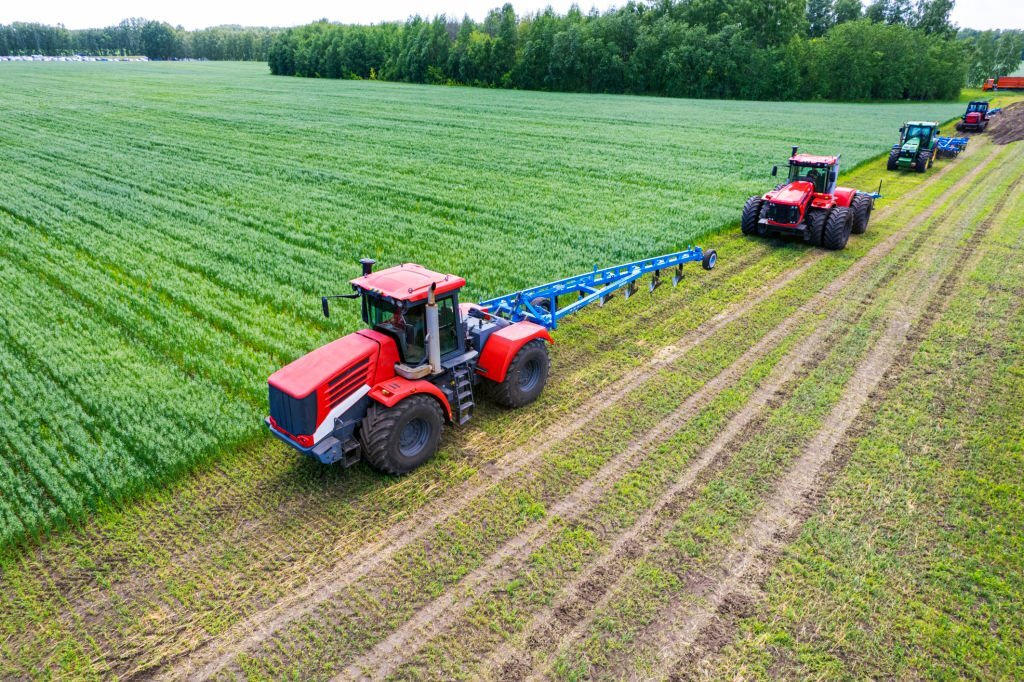
- In agriculture, tractors lead the charge in precision farming. Equipped with advanced technologies, they precisely plant seeds, apply fertilizers, and optimize irrigation. This precision not only increases yield but also aligns with sustainable and resource-efficient farming practices.
Precision agriculture involving tractors refers to the use of advanced technologies and data-driven techniques to optimize farming practices, increase efficiency, and ultimately enhance crop yields. Here’s how tractors contribute to precision agriculture for higher yields:
- GPS-Based Guidance Systems:
- Tractors equipped with GPS technology enable precise navigation and guidance in the field. This ensures straight and accurate rows during planting, reducing overlaps and gaps. GPS-based guidance enhances overall field efficiency, contributing to higher yields.
- Variable Rate Technology (VRT):
- Tractors in precision agriculture often employ Variable Rate Technology, allowing farmers to adjust the application rates of inputs (such as fertilizers and pesticides) based on specific needs in different parts of the field. This targeted approach optimizes resource utilization and promotes uniform crop growth, leading to higher yields.
- Automated Planting and Seeding:
- Advanced tractors feature automated planting and seeding systems. These systems precisely place seeds at optimal intervals and depths, ensuring uniform germination and minimizing seed wastage. The result is a more even crop stand and higher yield potential.
- Remote Sensing and Imaging:
- Tractors, equipped with sensors and imaging technology, can collect data on soil conditions, crop health, and moisture levels. This information helps farmers make informed decisions regarding irrigation, nutrient application, and pest control, leading to optimized crop yields.
- Data-Driven Decision-Making:
- Tractors in precision agriculture generate data on various aspects of farming operations. Farmers can analyze this data to make data-driven decisions about crop management. For example, understanding soil variability allows for tailored approaches to fertilization, contributing to improved nutrient utilization and higher yields.
Tractors in precision agriculture go beyond traditional farming methods, leveraging technology to enhance every stage of the farming process. By maximizing efficiency, minimizing waste, and making informed decisions, tractors contribute significantly to achieving higher crop yields in modern agriculture.
Cost-Efficiency and Increased Profitability:

- Tractors play a pivotal role in enhancing cost-efficiency for heavy equipment businesses. Reduced labor costs, faster task completion, and optimized resource utilization contribute to increased profitability. Businesses leveraging tractors often benefit from economies of scale in their operations.
Tractors play a pivotal role in enhancing cost efficiency and increasing profitability across various industries. Here’s how tractors contribute to cost-effectiveness and improved financial outcomes:
- Labor Savings:
- Tractors automate manual tasks, reducing the need for extensive human labor. This not only accelerates operations but also minimizes labor costs, contributing to overall cost-efficiency and increased profitability.
- Time Efficiency:
- The speed and efficiency of tractors in completing tasks translate to time savings. Quick task execution allows for more operations within a given timeframe, optimizing the use of resources and contributing to increased profitability.
- Versatility and Multi-Tasking:
- Tractors, with their versatile attachments and capabilities, can perform multiple tasks. This versatility minimizes the need for different specialized equipment, leading to cost savings and increased operational efficiency.
- Fuel Efficiency:
- Modern tractors are designed for fuel efficiency, reducing operational costs associated with fuel consumption. Fuel-efficient tractors contribute to overall cost-effectiveness and improved profitability for businesses.
- Precision Agriculture Practices:
- Tractors involved in precision agriculture practices optimize the use of resources such as fertilizers and pesticides. By precisely applying inputs where needed, tractors contribute to cost savings while promoting sustainable farming practices.
In summary, tractors serve as key assets in achieving cost-efficiency and increased profitability for businesses across agriculture, construction, and other industries. Their ability to automate tasks, operate efficiently, and contribute to sustainable practices positions tractors as valuable tools in optimizing resource utilization and achieving financial success.
Environmental Sustainability:
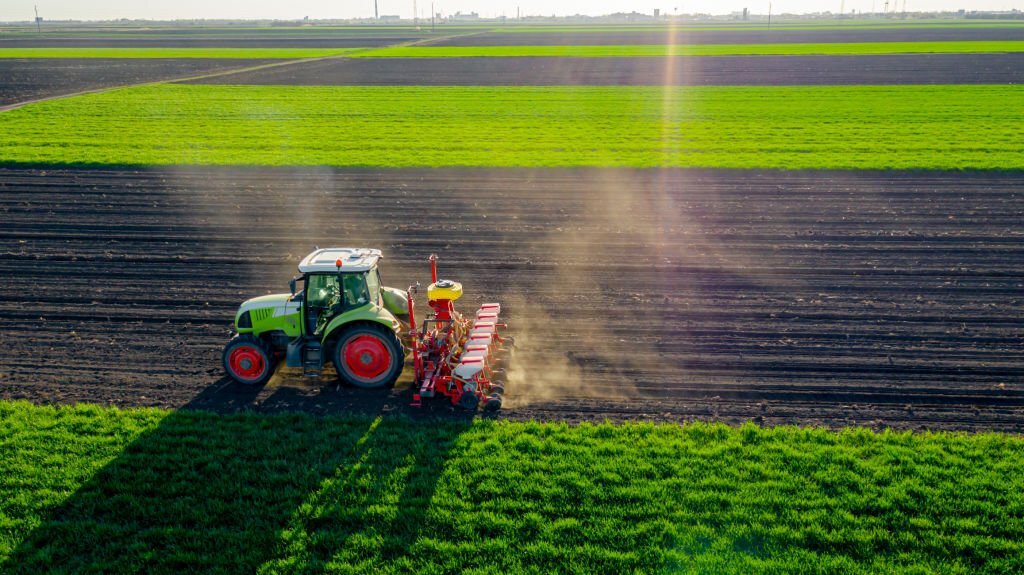
- Modern tractors are designed with environmental sustainability in mind. Efficient fuel usage, reduced emissions, and adherence to environmental standards contribute to a greener footprint. Businesses adopting sustainable practices often enjoy positive brand perception and alignment with evolving environmental regulations.
- Emissions Control:
- Tractors incorporate advanced emission control technologies to reduce harmful pollutants such as nitrogen oxides (NOx) and particulate matter. This helps meet stringent environmental standards and minimizes the impact on air quality.
- Fuel Efficiency:
- Tractors are designed for optimal fuel efficiency, reducing overall fuel consumption. Fuel efficiency not only lowers operational costs but also decreases greenhouse gas emissions, contributing to a more environmentally sustainable operation.
- Precision Agriculture Practices:
- Tractors play a key role in precision agriculture, leveraging technologies like GPS guidance and variable rate applications. These practices enable precise use of inputs, minimizing waste and environmental impact associated with excessive use of fertilizers and pesticides.
- Alternative Fuels and Power Sources:>
- Tractors explore alternative fuels, such as biodiesel, and research into alternative power sources like electric and hybrid systems. These initiatives aim to reduce dependence on traditional fossil fuels and mitigate environmental impacts associated with their use.
- Soil Health and Conservation Practices:
- Tractors are designed with features that minimize soil compaction and impact on soil health. Conservation practices, facilitated by tractors, include reduced tillage methods and cover cropping, promoting sustainable agriculture and environmental stewardship.
Conclusion:
Tractors, as indispensable partners in heavy equipment businesses, wield a transformative influence on productivity and profitability. From fields to construction sites, their efficiency, adaptability, and sustainability make them catalysts for progress. In an era where operational excellence and sustainability are paramount, tractors emerge not merely as machines but as driving forces propelling heavy equipment businesses toward success.

